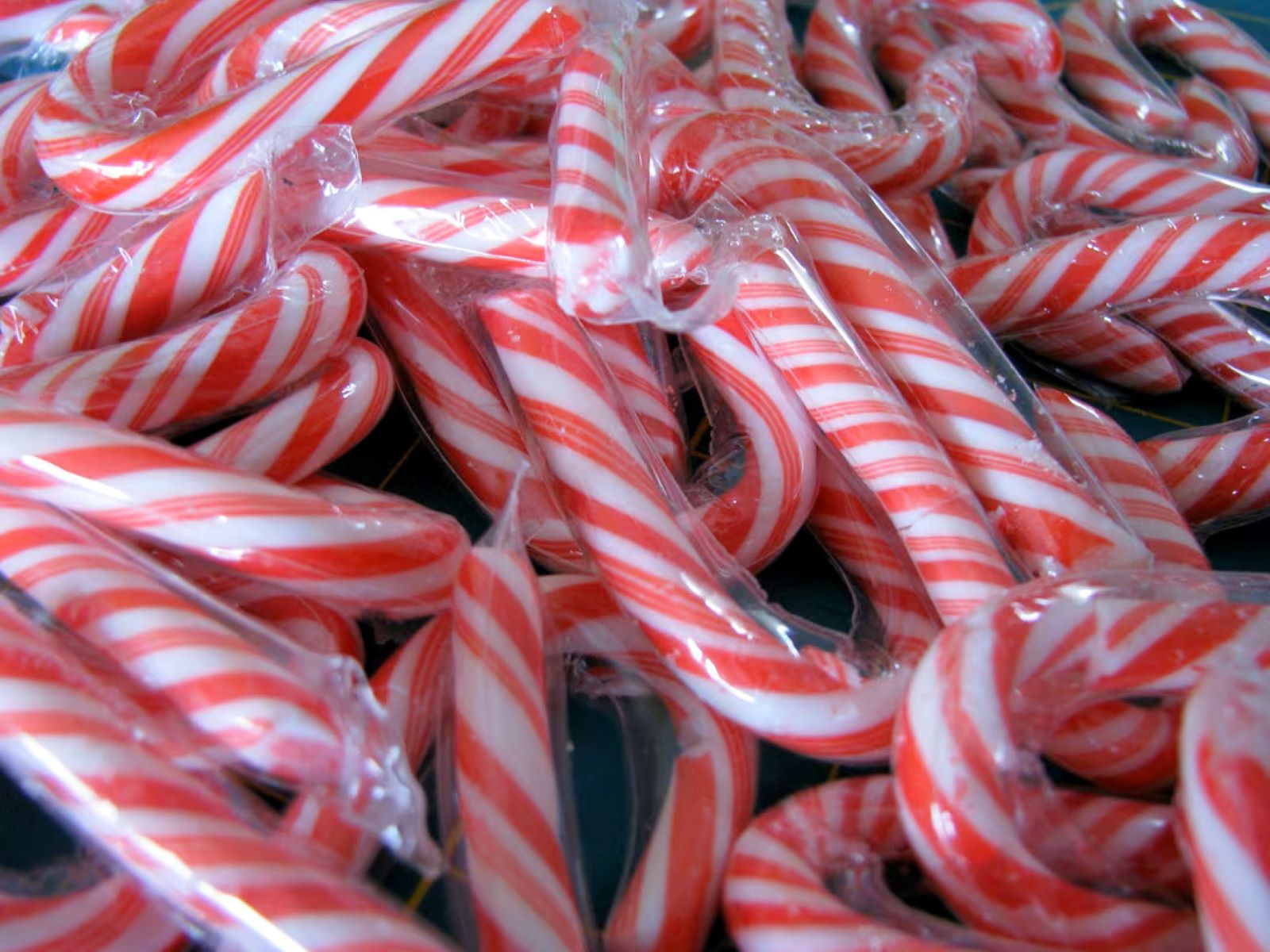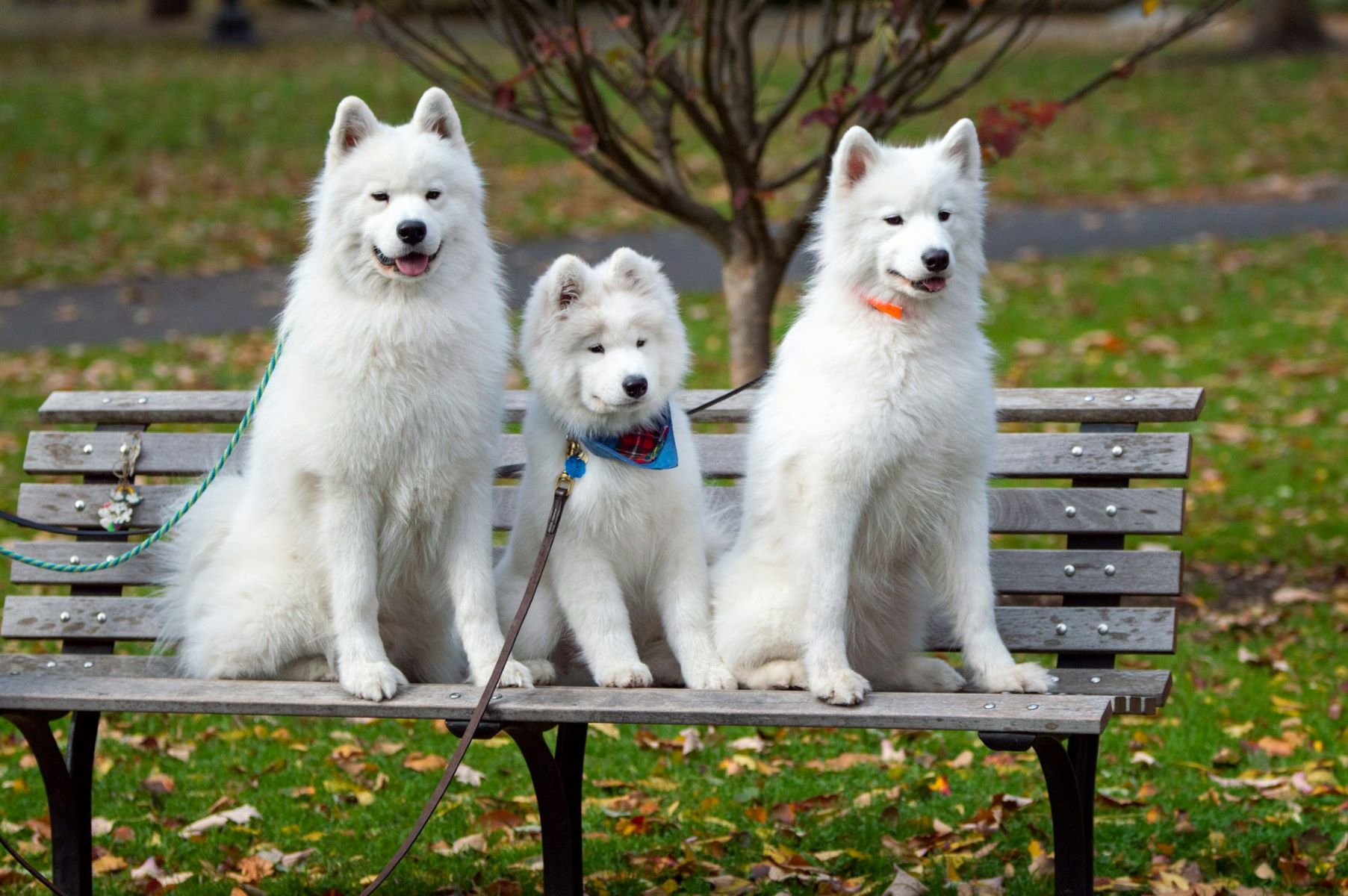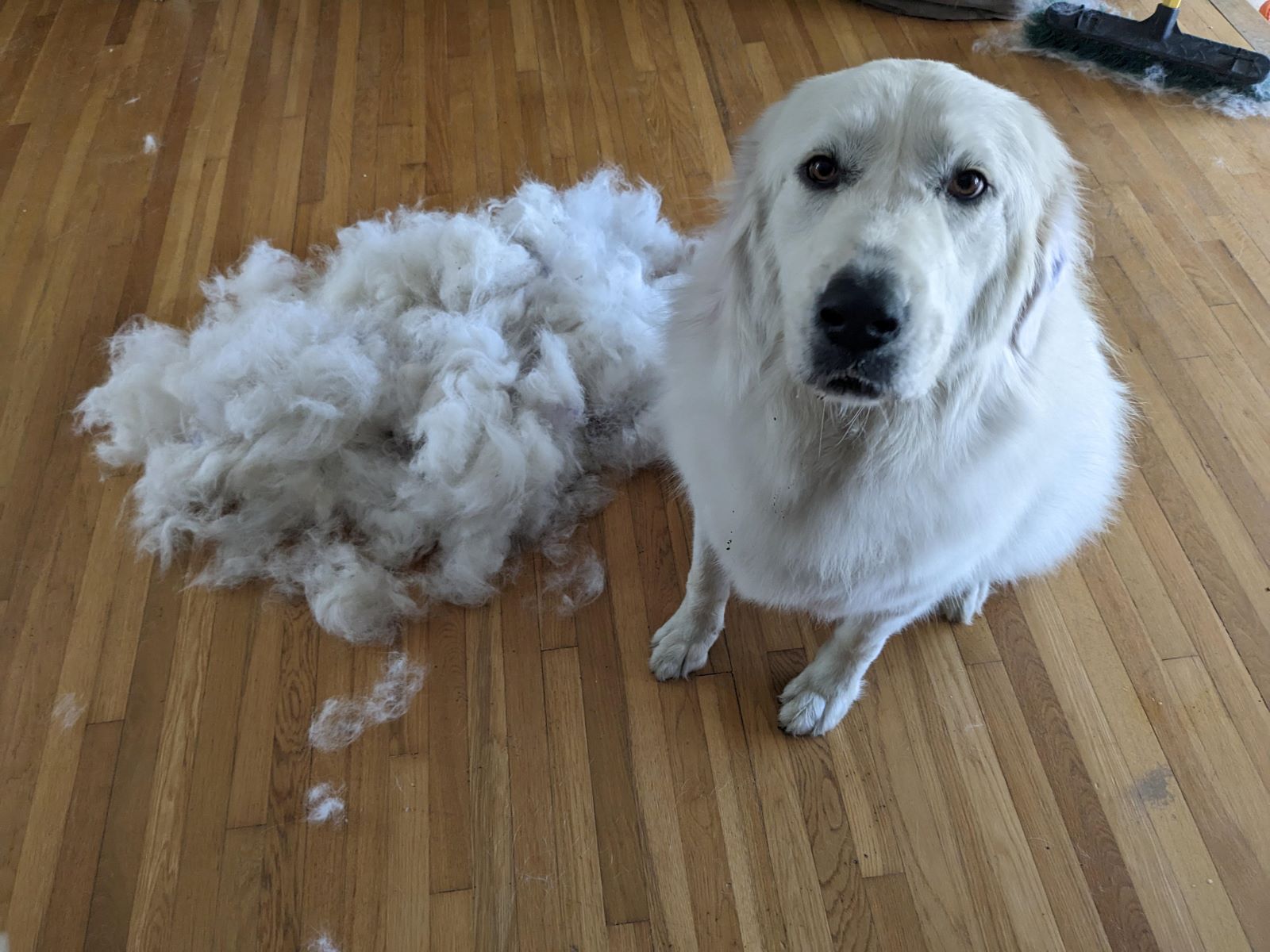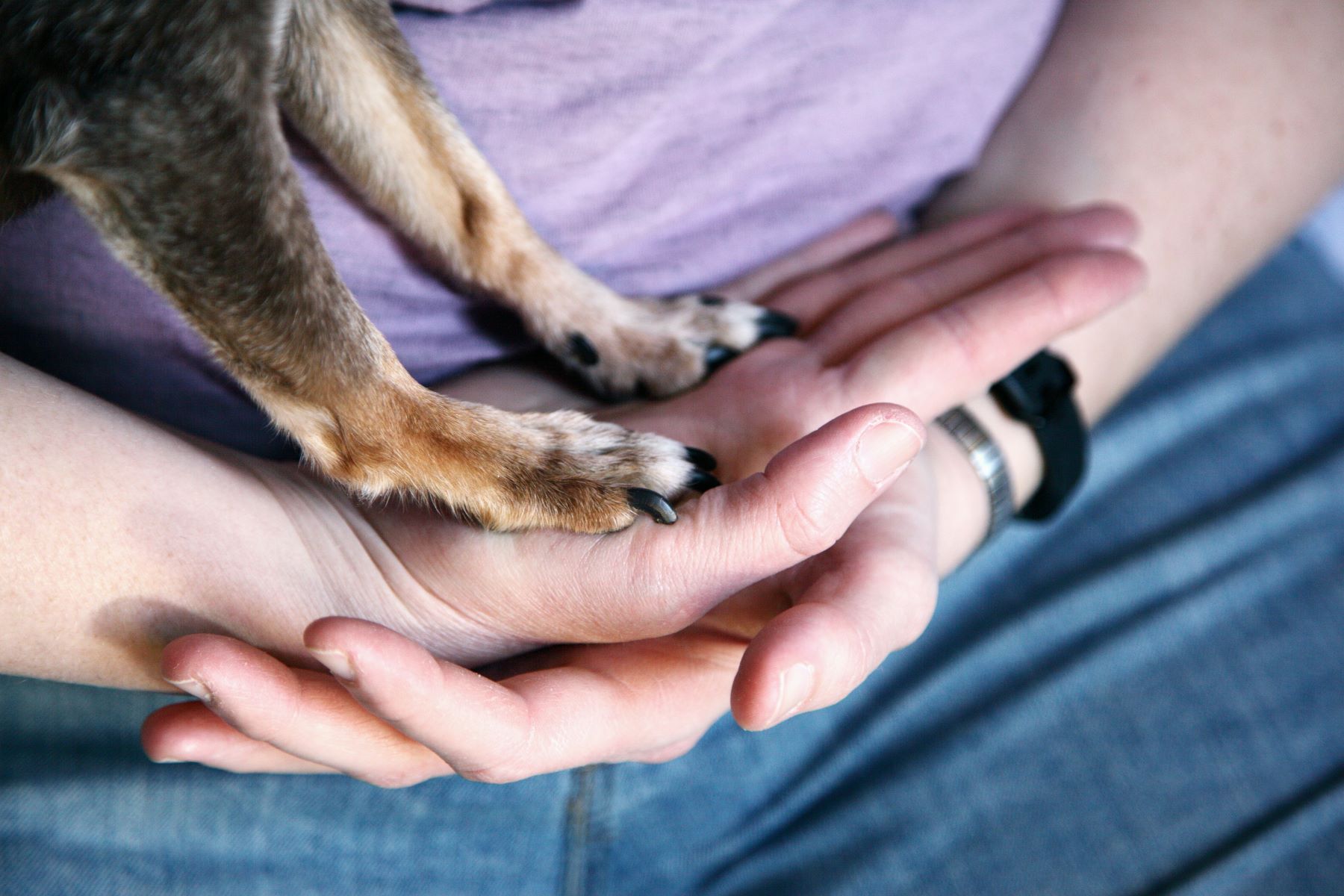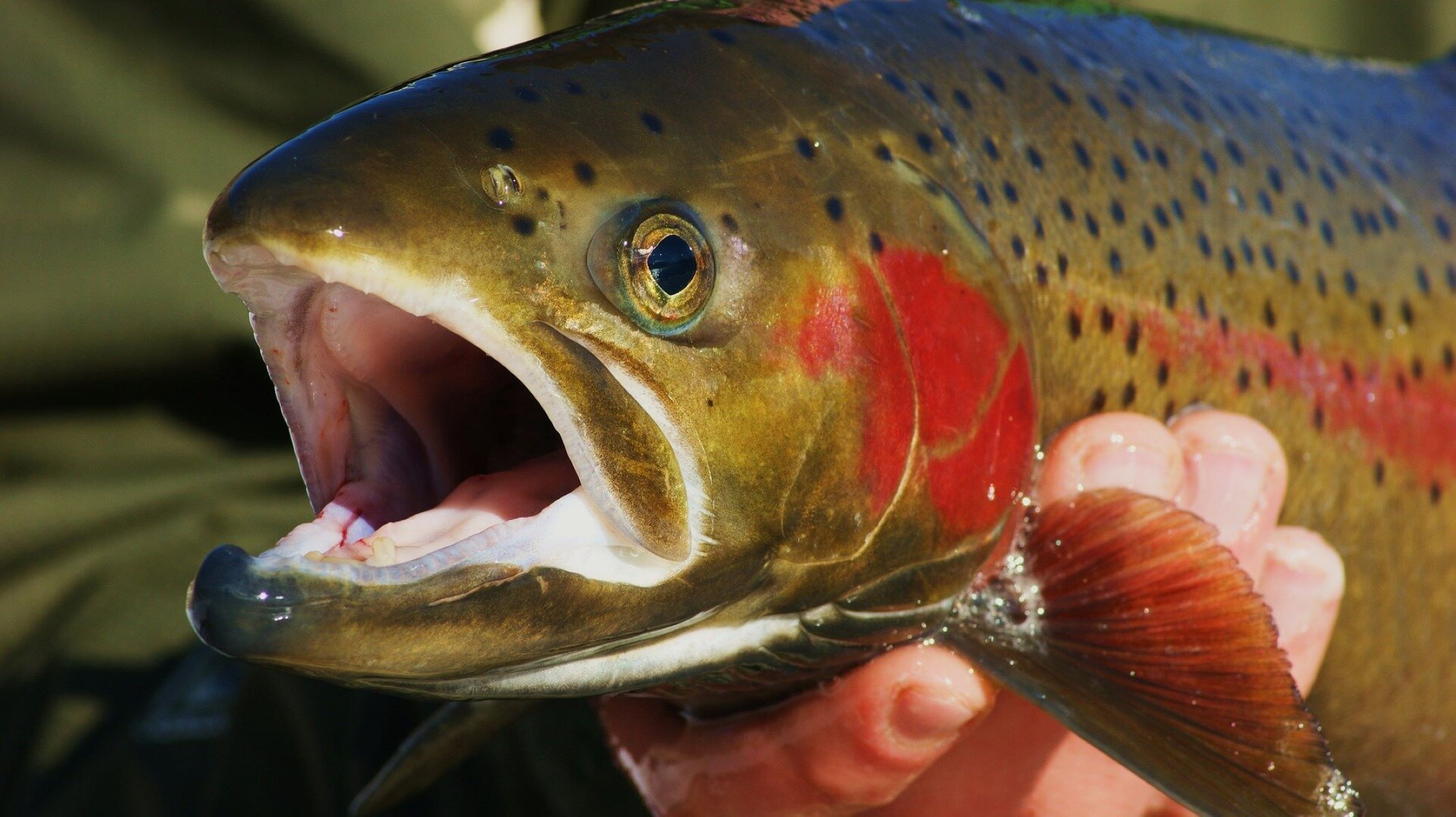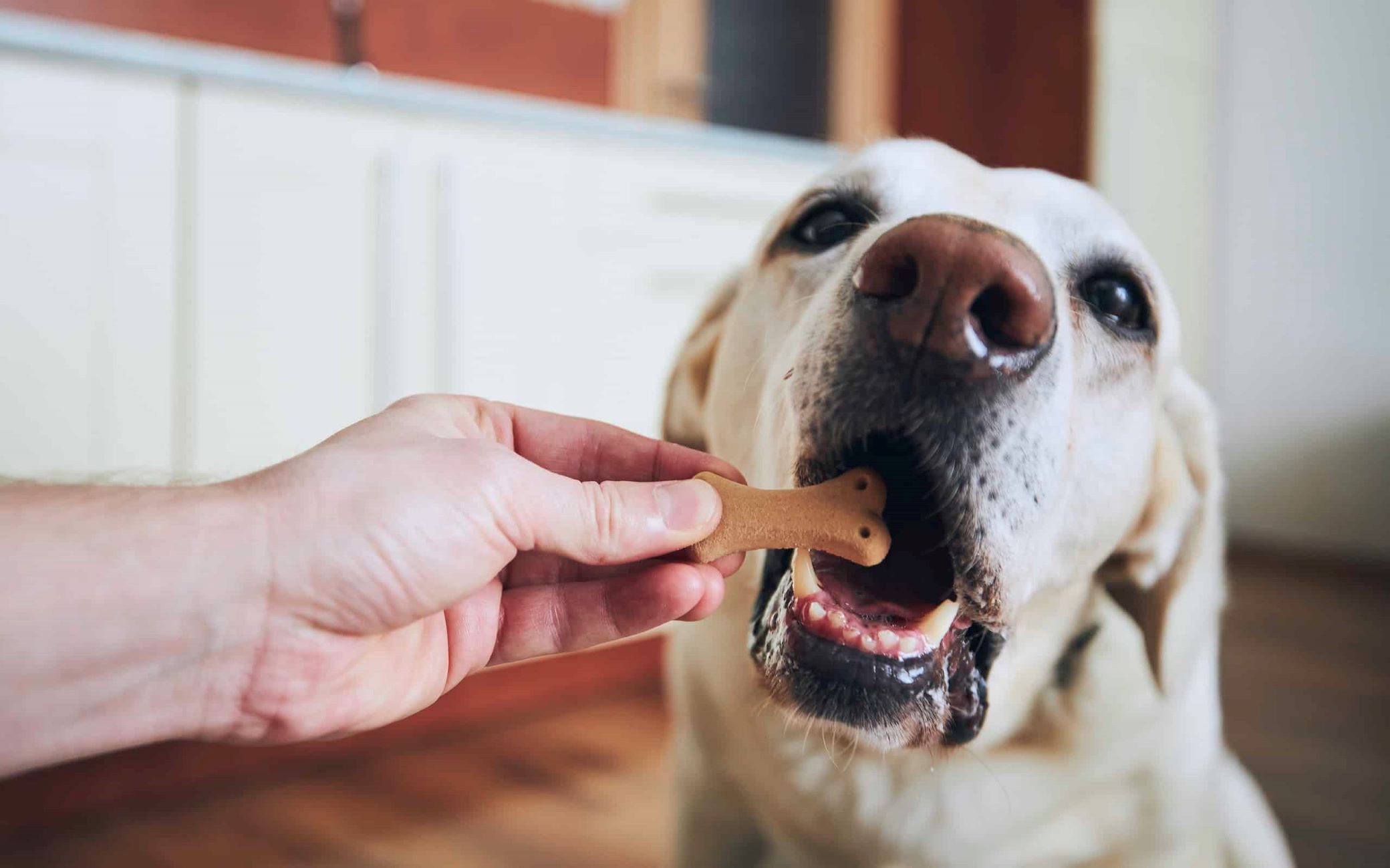Home>Health and Wellness>Shocking Consequences Of Dogs Eating Paper Revealed!


Health and Wellness
Shocking Consequences Of Dogs Eating Paper Revealed!
Published: February 9, 2024
Discover the surprising health and wellness implications of dogs consuming paper. Learn about the potential risks and how to prevent this behavior.
(Many of the links in this article redirect to a specific reviewed product. Your purchase of these products through affiliate links helps to generate commission for Regretless.com, at no extra cost. Learn more)
Table of Contents
Introduction
Dogs are known for their curious and sometimes mischievous behavior. It's not uncommon for dog owners to discover their furry companions munching on unexpected items, and one of the more surprising discoveries can be finding them chomping on paper. While this may initially seem harmless or even amusing, the reality is that dogs consuming paper can lead to a range of concerning consequences. In this article, we will delve into the reasons behind this behavior, the potential health risks it poses to dogs, as well as the behavioral implications. Furthermore, we will explore effective strategies for preventing dogs from indulging in this peculiar habit. Join us as we uncover the shocking consequences of dogs eating paper and gain valuable insights into safeguarding our beloved canine friends from harm.
Why Do Dogs Eat Paper?
Dogs may exhibit a penchant for consuming paper due to a variety of reasons, some of which are deeply ingrained in their natural instincts and behaviors. Understanding these motivations can shed light on this peculiar habit:
-
Exploratory Behavior: Dogs, especially puppies, use their mouths to explore the world around them. This includes tasting and chewing on objects they encounter, such as paper, to investigate their texture and taste.
-
Boredom or Anxiety: Dogs may resort to eating paper as a form of entertainment or to alleviate feelings of boredom or anxiety. This behavior can be a coping mechanism, particularly when dogs are left alone for extended periods without mental stimulation or companionship.
-
Attention-Seeking: Some dogs may consume paper to capture the attention of their owners. If a dog has learned that engaging in this behavior prompts a reaction from their human companions, they may continue doing so as a means of seeking attention, whether positive or negative.
-
Dietary Deficiencies: In certain cases, dogs may eat non-food items, including paper, due to nutritional deficiencies. If a dog's diet lacks essential nutrients, they may seek to compensate by ingesting unconventional substances.
-
Pica: This is a condition characterized by the consumption of non-nutritive items, such as paper, dirt, or fabric. While the exact cause of pica in dogs is not fully understood, it may be linked to medical or behavioral issues, necessitating veterinary attention.
Understanding the underlying reasons for a dog's paper-eating behavior is crucial in addressing and modifying this habit. By recognizing the potential motivations behind this conduct, dog owners can take proactive measures to prevent their pets from engaging in this potentially harmful activity.
Health Risks of Dogs Eating Paper
The act of dogs consuming paper can pose significant health risks, warranting careful consideration and proactive measures to safeguard their well-being. When dogs ingest paper, whether in small or large quantities, several potential health complications may arise:
-
Gastrointestinal Obstruction: One of the most immediate and severe risks associated with dogs eating paper is the potential for gastrointestinal obstruction. When ingested, paper can accumulate in the digestive tract, forming a blockage that hinders the passage of food and waste. This obstruction can lead to symptoms such as vomiting, diarrhea, abdominal pain, and a loss of appetite. In severe cases, it may necessitate surgical intervention to remove the blockage and prevent further complications.
-
Choking Hazard: The consumption of paper also presents a choking hazard for dogs. Depending on the size and texture of the paper, it can become lodged in the throat, causing breathing difficulties and distress. This poses a critical emergency that requires immediate intervention to dislodge the obstructing material and ensure the dog's airway remains clear.
-
Digestive Disturbances: Paper is not a digestible substance, and when ingested, it can irritate the gastrointestinal lining, leading to inflammation, discomfort, and potential damage to the digestive system. This can result in digestive disturbances, including nausea, abdominal discomfort, and irregular bowel movements, impacting the overall health and well-being of the dog.
-
Toxicity Risks: In some cases, paper may be coated or treated with substances that are toxic to dogs, such as inks, dyes, or chemicals. Ingesting such materials can lead to poisoning, causing a range of adverse effects, including gastrointestinal upset, neurological symptoms, and organ damage. The potential toxicity of the paper and its components further amplifies the health risks associated with dogs consuming this seemingly innocuous material.
-
Bacterial Contamination: Paper, especially if sourced from unhygienic environments, may harbor harmful bacteria and pathogens. When ingested, these microorganisms can lead to bacterial infections and gastrointestinal illnesses, posing a threat to the dog's health and requiring veterinary intervention to address the resulting health complications.
Understanding the multifaceted health risks posed by dogs eating paper underscores the importance of preventing this behavior and taking proactive steps to ensure the safety and well-being of our canine companions. By being aware of these potential health hazards, dog owners can implement effective strategies to mitigate the risks and protect their pets from the detrimental consequences of paper consumption.
Behavioral Consequences
The behavioral consequences of dogs consuming paper extend beyond the immediate health risks, encompassing potential implications for their overall well-being and behavior. Understanding these ramifications is essential for comprehensively addressing this concerning habit and nurturing a positive and enriching environment for our canine companions.
-
Reinforcement of Undesirable Behavior: When dogs engage in paper-eating behavior and receive attention or reactions from their owners, whether positive or negative, it can inadvertently reinforce this undesirable conduct. This creates a cycle where the dog associates paper consumption with attention, perpetuating the behavior and making it challenging to curb.
-
Stress and Anxiety: Dogs that exhibit compulsive paper-eating tendencies may be experiencing underlying stress or anxiety. This behavior can serve as a coping mechanism, providing a temporary distraction from emotional discomfort. However, the persistence of this habit can exacerbate the dog's anxiety, leading to a cycle of stress and maladaptive behavior.
-
Deterioration of Trust and Training: For dogs undergoing training or those fostering a bond of trust with their owners, persistent paper-eating behavior can erode the progress made in obedience training and relationship building. This can strain the bond between the dog and its owner, leading to frustration and a breakdown in communication.
-
Health-related Anxiety: Dogs that repeatedly consume paper may experience health-related anxiety, especially if they have previously suffered from the adverse effects of paper ingestion. This can manifest as heightened vigilance, reluctance to eat, and general unease, impacting their overall well-being and quality of life.
-
Compromised Digestive Health: The ingestion of paper can disrupt the delicate balance of the dog's digestive system, leading to discomfort, irregular bowel movements, and potential long-term digestive issues. This can impact the dog's overall health and vitality, necessitating interventions to restore gastrointestinal wellness.
-
Environmental Dangers: In addition to the direct health impacts, the presence of paper-eating behavior poses environmental dangers within the household. Consumed paper may contain inks, adhesives, or other materials that can pose risks to the dog's health and safety, as well as potentially causing damage to household items and surfaces.
Recognizing the behavioral consequences of dogs consuming paper underscores the multifaceted nature of this issue. By addressing the behavioral implications in tandem with the health risks, dog owners can implement holistic strategies to mitigate this behavior, foster a supportive environment, and promote the overall well-being of their beloved pets.
Preventing Dogs from Eating Paper
Preventing dogs from eating paper requires a proactive approach that encompasses environmental management, behavioral modification, and attentive care to mitigate the risks associated with this behavior. By implementing the following strategies, dog owners can create a safe and enriching environment for their pets while curbing the inclination to consume paper.
-
Environmental Management: Remove Temptations
- Keep paper and paper-based products out of the dog's reach, especially in areas where they spend the most time. Utilize secure storage solutions, such as closed cabinets or drawers, to prevent access to paper items.
- Regularly inspect and pet-proof the living spaces to eliminate potential sources of paper, including tissues, napkins, cardboard, and magazines. Minimizing the availability of paper reduces the likelihood of dogs engaging in this behavior.
-
Mental and Physical Stimulation: Engage in Interactive Activities
- Provide ample mental and physical stimulation through interactive play, stimulating toys, and regular exercise. Engaging in activities that captivate the dog's attention and energy can alleviate boredom and reduce the inclination to seek out alternative forms of entertainment, such as consuming paper.
-
Positive Reinforcement and Distraction: Redirecting Behavior
- Utilize positive reinforcement techniques to reward desirable behaviors and redirect attention away from paper. When the dog displays disinterest in paper or engages in alternative activities, offer praise, treats, or engaging toys to reinforce these positive behaviors.
- Employ distraction techniques, such as offering chew toys, puzzle feeders, or engaging in interactive training sessions, to redirect the dog's focus and energy away from paper consumption.
-
Nutritional Considerations: Ensure a Balanced Diet
- Consult with a veterinarian to ensure the dog's nutritional needs are met. A balanced and nutritious diet can help address potential dietary deficiencies that may drive the dog to seek unconventional items, including paper, as a substitute for essential nutrients.
-
Supervision and Training: Establish Clear Boundaries
- Supervise the dog closely, especially during periods of unsupervised access to the living spaces. Clear and consistent boundaries, reinforced through positive training methods, can communicate expectations and discourage paper-eating behavior.
- Implement obedience training and commands, such as "leave it" and "drop it," to instill impulse control and discourage the dog from interacting with paper or non-food items.
-
Veterinary Consultation: Address Underlying Issues
- If the dog exhibits persistent paper-eating behavior or shows signs of pica, consult with a veterinarian to assess potential underlying medical or behavioral issues. Addressing any contributing factors, such as nutritional deficiencies, anxiety, or compulsive behavior, can aid in developing tailored interventions.
By integrating these preventive measures into the care and management of dogs, owners can effectively mitigate the risks associated with paper consumption while fostering a nurturing and secure environment for their beloved pets. Proactive intervention, coupled with attentive care and positive reinforcement, can significantly reduce the likelihood of dogs engaging in this potentially harmful behavior, promoting their overall well-being and safety.
Conclusion
In conclusion, the seemingly innocuous act of dogs consuming paper can have far-reaching implications, encompassing both health risks and behavioral consequences. From the potential for gastrointestinal obstruction and choking hazards to the reinforcement of undesirable behaviors and the erosion of trust and training, the act of paper-eating poses multifaceted challenges for dog owners. Moreover, the underlying motivations driving this behavior, such as exploratory tendencies, boredom, or nutritional deficiencies, underscore the complex interplay of instinctual, emotional, and physiological factors at play.
Understanding the detrimental effects of paper consumption on dogs underscores the imperative of proactive prevention and intervention. By implementing environmental management strategies, engaging in positive reinforcement, and addressing potential underlying issues, dog owners can create a safe and enriching environment that discourages paper-eating behavior. Furthermore, the incorporation of mental and physical stimulation, balanced nutrition, and vigilant supervision can collectively contribute to mitigating the risks associated with this habit.
It is essential for dog owners to recognize the significance of this issue and take proactive measures to safeguard the well-being of their beloved pets. By fostering a supportive and stimulating environment, addressing potential underlying factors, and promoting positive behaviors, dog owners can effectively mitigate the risks associated with paper consumption while nurturing a harmonious and fulfilling relationship with their canine companions.
Ultimately, the prevention of dogs eating paper requires a holistic approach that encompasses attentive care, environmental modifications, and a deep understanding of the dog's behavioral and physiological needs. By prioritizing the well-being of our furry friends and taking proactive steps to address this concerning behavior, we can ensure that our canine companions thrive in a safe, nurturing, and paper-free environment.
